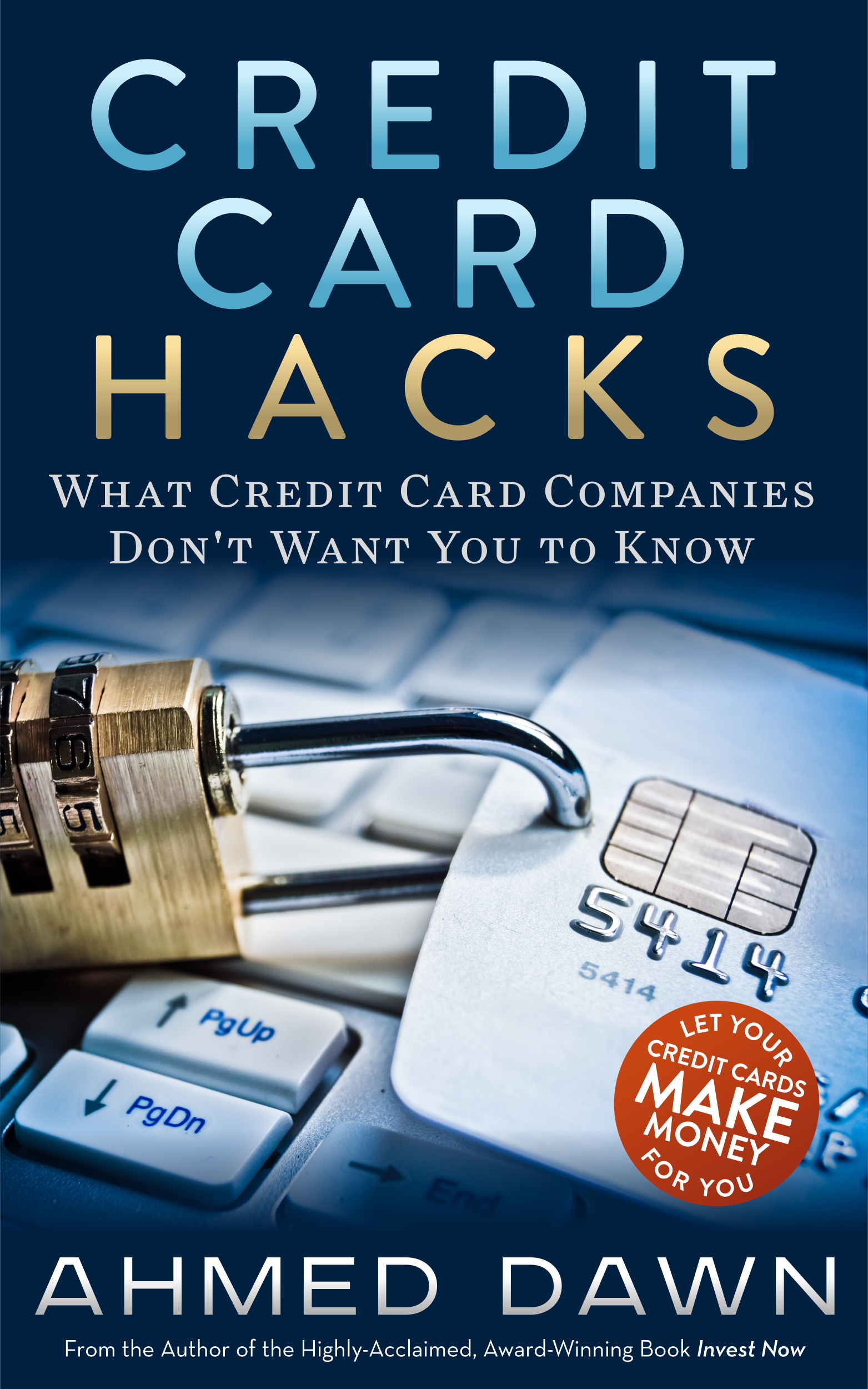What Is Time Value of Money?
/Understanding Time Value of Money
First Published: ADawnJournal.com June 23, 2010
Everyone wants to know how much their money is going to be worth down the road. Not only that, knowing how much money you may have will help you save better and make more money. Over the course of this article, I will cover four important concepts. They are:
1. Time Value
2. Present Value
3. Net Present Value
4. Future Value
All of these concepts will center on the value of money. We all know that money is valuable, but what about the time value of it? What is it worth now, how much is it truly worth now, what is its future value? All of these need to be understood if you are going to get the most out of your money.
Time Value
The time value of money is the value that is given to the amount of interest earned by the money over a certain period of time. That means that if the money earns a few dollars interest, then its time value will be based on how much value will be associated with the money and the interest. Here is a simple example to help show what we mean:
Let’s say you have 100 dollars right now and you put it away in an investment that earns you 10 percent over the next year. That means that your original 100 dollars is going to be worth 110 dollars in about a year. So, 100 dollars paid out now, or the 110 dollars paid out in one year will have the same value to the recipient who assumes the interest. However, using the time value of money, we know that the future value of the money is going to be 110 dollars. What makes this important is it allows a person to determine their future annual incomes. That way, annual incomes are discounted and added together to create a lump-sum that is the present value of a total income stream.
Present Value
The present value of money is the value of money on a given date for a future payment, discounted to reflect the time value of money and other factors. In economics, present value calculations are widely used, as well as in business.
If you are given the choice between getting $100 now, or $100 in one year, you will probably take the $100 now because that gives you money immediately. This is where Time Preference comes in. For example, if the $100 is worth $70 in one year, then the present value of the $100 one year in the future is $70. When you have money you have two options, you can save it or spend it. The benefit from saving money is that later on it will incur interest and that will give you more money down the road.
When money is evaluated for its present value in the future, it is called capitalization. So, let’s look at an example.
If you have the choice between $100 today and $100 in one year, you will probably choose the money now but if the money in a year earns 10 percent interest, then you can have $110 in one year, more than you would get now. The present value of the money at the future date is going to be $110.
Net Present Value
The net present value of a time series of money, both incoming and outgoing, is defined by the present values of the individual cash flows. Net Present Value is a central tool in discounted cash-flow and is used when determining the time value of money for long-term projects, such as budgeting within a company. By measuring the excess or shortfall of cash flows, in present terms, it is possible for companies to make good financial decisions.
Companies will use Net Present Value to determine if an investment or project is going to add value to the company. By using the calculations for Net Present Value, it is possible to determine the NPV and therefore, the value for the company as follows:
· If the NPV is greater than zero, the investment would add money to the company and therefore the project should be accepted.
· If the NPV is less than zero, then the investment will take value away from the firm and the project should be rejected.
· If the NPV is equal to zero, then the investment will neither take money nor give money to the company. This means that decisions to accept or reject the project, should be based on other factors.
Future Value
The future value of money is how much a given sum of money will be worth at a specific time given the interest rate and the rate of return. The value does not include things like corrections for inflation.
Here is a brief example to illustrate future value of money. If you are given $100 today, it is worth $100, however in five years it will not be worth $100 because of the changing value of money. You can put the money into the bank and it will either grow or fall in value depending on interest. In addition, if you buy something today for $100, you may not be able to buy that same item for $100 because of inflation increasing the purchase price. Inflation can grow by about half a percent to one percent per year, and that will mean that the item will cost as much as five dollars more in five years. As a result, economists will evaluate the true value of the money over a given period of time based on future value calculations. Companies and economists will look at the real interest rate to determine the purchasing power change over a period of time.













